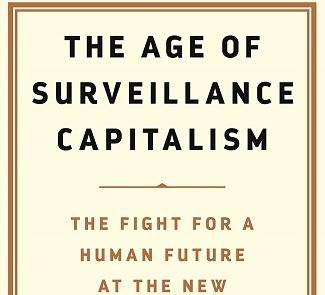
Back in 2010, scientists at the J. Craig Venter Institute in San Diego announced they had synthesised a new organism. They had created a complete genome of a bacteria and used it to “boot up” a cell whose native genome had been removed. The result was arguably the first truly synthetic organism.
This kind of synthetic biology research could eventually enable as yet unimagined bioengineering, leading to the creation of new synthetic fuels, foods and medicines, helping to tackle challenges such as carbon capture.
Bacteria are, however, relatively simple single-celled organisms. The next stage is to create a synthetic eukaryote. These are much more complex organisms, whose cells have a membrane-bound nucleus. All plants, fungi and animals, including humans, are eukaryotes. But in order to better understand and engineer eukaryotes, scientists have started with single-celled yeast.
Even this task is dauntingly complex. The yeast’s genome consists of some 6000 genes, spread over 16 chromosomes. At the end of last year an international consortium – the Synthetic Yeast Genome Project – published a series of papers describing a major step forward. They created a strain of yeast where some chromosomes were edited and synthesised in the lab, and an additional chromosome unlike anything seen in nature was added.
While the creation of the chromosomes proved to be a time-intensive process, the true bottleneck was the debugging phase. Researchers conducted tests to assess the viability of a yeast cell hosting a new synthetic chromosome. Any issues were addressed by fine-tuning the genetic code, but as more synthetic chromosomes were introduced, the task became increasingly intricate.
The focus now is to replace the remaining natural chromosomes with synthetic ones. This could create synthetic yeast that has improved characteristics, including a wide range of applications in medicine, bioenergy and biotechnology. More generally, creating the first synthetic eukaryote could help unravel the fundamental building blocks of life.
This article is from New Humanist's spring 2024 issue. Subscribe now.

